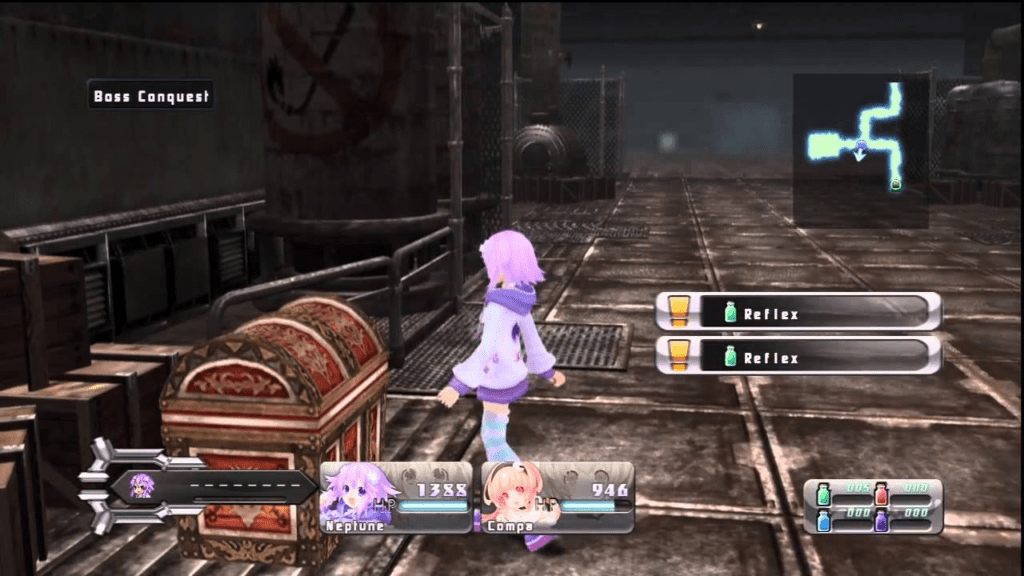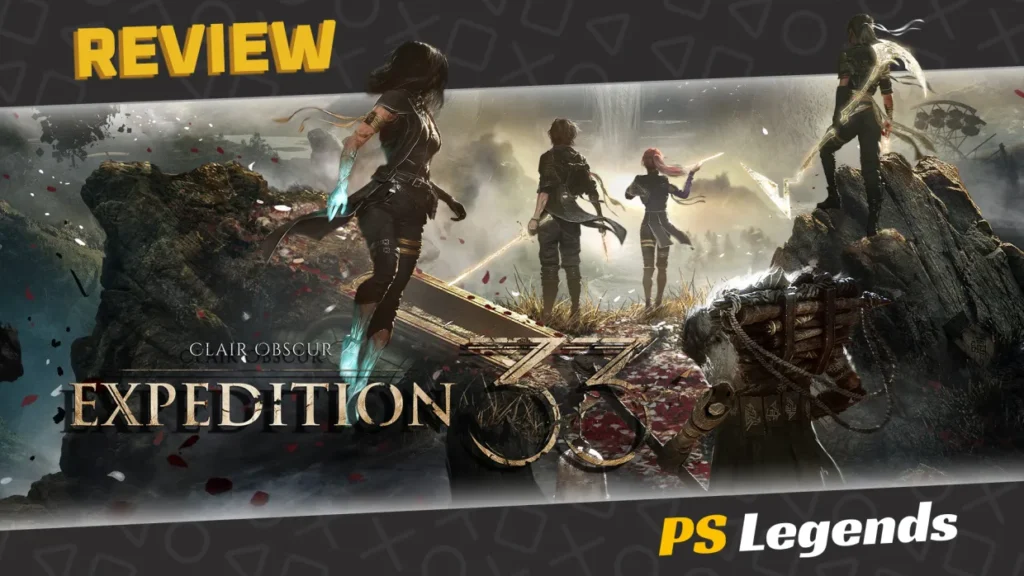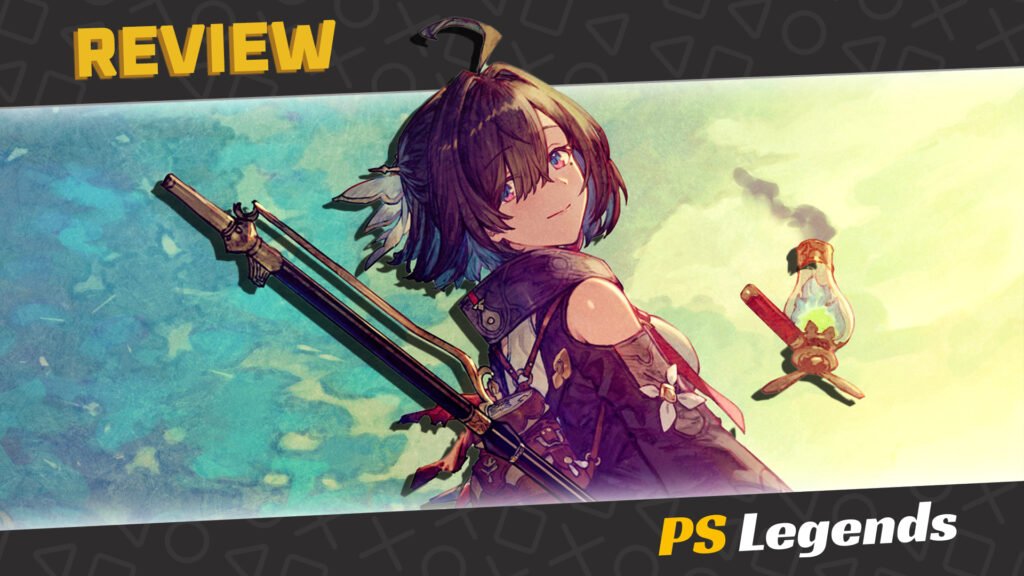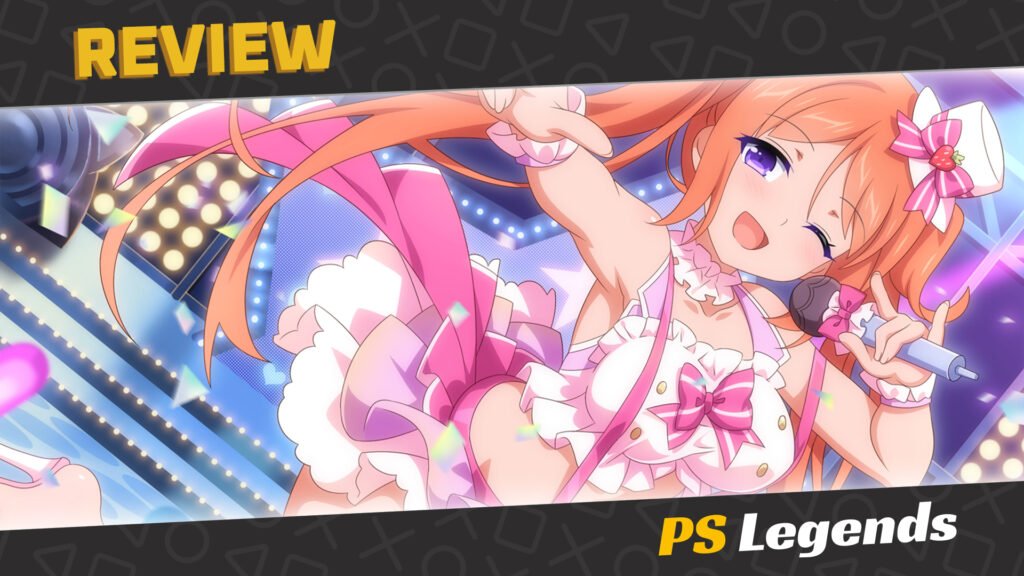Today, we’re going all the way back to the beginning of the Neptunia series with the game that started it all. Hyperdimension Neptunia is the very first instalment in the Neptunia series, beginning all the way back on the PlayStation 3. Due to Hyperdimension Neptunia’s popularity, gamers were able to overlook the game’s flaws and see its potential, enough so that it spawned a reboot, Hyperdimension Neptunia mk2, the following year, but for now, let’s focus on the original.
On This Page
Introduction
“Never buy a game just because there’s a hot girl on the cover!”- That was once my advice to myself after multiple gaming disasters and an unthinkable amount of wasted money. I never could follow my own advice though. Fortunately (or rather finally) it seems there might just be one or two exceptions to that rule, as this impulsive purchase of Hyperdimension Neptunia turned out to be not only enjoyable, but the start of something special.
The premise is so interesting and genuinely original that it will be the main selling point of the game for most people. You certainly can’t argue that the story isn’t truly unique. The world of ‘Gamindustri’ is a world based on the real game industry, where there are lands based on each console, and each is governed by a goddess who is a humanoid personification of that console. It’s called Moe Anthropomorphism if you’re interested.
You see, Hyperdimension Neptunia is literally ‘the game of games’. It tells the story of the console war, with each console being represented by a beautiful goddess, or ‘Console Patron Unit’ if you prefer. This is the story of Neptune’s (Sega’s) downfall. Plenty of old Sega characters make cameo appearances, and there’s some genuine comedy gold in the dialogue too.
A remake of Hyperdimension Neptunia was made for the PlayStation Vita called Hyperdimension Neptunia Re;Birth1, which follows the story of Neptune once again in the world of the first instalment’s dimension. While the general story is the same, the plot and sequence of events is entirely different. This remake even features the CPU Candidates from mk2 who were not present in the original title.

Story
Gamindustri is comprised of two worlds: The World Below and Celestia. The World Below is where the humans reside and it is comprised of four floating landmasses: Planeptune, Lastation, Leanbox, and Lowee. Its population consists mostly of humans and monsters. Celestia is where the goddesses, known as CPUs, live and do battle in the near-endless Console War.
Long ago, the world was united as one. However, when the four goddesses were born, a war began over who could best rule the world. Eventually, under these goddesses, the world split into the four different lands, each worshiping one of the goddesses.
In a twist, the game opens with the four goddesses fighting, with three of them ganging up on the fourth goddess, our protagonist Neptune (her name is a play on the Sega Saturn console). She is defeated, knocked unconscious and falls to the land below (Planeptune) representing Sega’s downfall in the real console war.
Neptune is found by a young nursing student named Compa who comes to her aid since Neptune has lost her memory after the fight. Neptune then embarks on a quest to recover her memories as guided by an unseen ally named Histoire, and confront the other goddesses, but things rarely go according to plan, and Neptune must rally support and earn the respect and loyalty of the other CPUs in order to save the world from a far greater evil.
Nearly all of the characters in the game are the human personifications of different video game consoles or companies. Compa, for example, is a personification of co-developer Compile Heart. The game relies heavily on comedy and breaking the fourth-wall at almost every opportunity. You’ll find parodies of almost every major video game series ever created. The story does mature slightly later on, but it never really takes itself too seriously. Actually, it’s one of the most hilarious and enjoyable stories seen in a game for a very long time.

Gameplay
The game is a pretty standard turn-based JRPG. You might recognise the combat engine if you played the previous co-developed JRPG, Trinity Universe, though thankfully Trinity’s hugely overcomplicated team-combo system has been stripped out. You select your dungeons on the map screen and explore them to get items, fight enemies and bosses and thus advance the story.
In battle, the game uses a unique combo system where you select from the Triangle button (Weapon attacks), Circle button (Melee attacks) or Cross button (Ranged attacks) to string together a series of moves. From the pause menu, you can select special moves for the characters to use when a certain combo has been executed, and these include summoning attacks that bring out a character from a retro Sega game to deal extra damage to your enemy. In a cute twist, you can even upload pictures from your PS3 to use as summons. Alternatively, you can set specific combos which allow Neptune to transform into her sexy CPU form.
At first the combo system will seem confusing, but after playing around with it for a while you should just about figure it out, though the item system may be a bit of a turn off for many people since you can’t actually manually heal in battle, or even outside of it. As you level up you will learn ‘Item skills’, and you can set each of these to activate at a specific health percentage, such as ‘If the character is below 50% health, the character will heal 30% of their health’, and the percentage you set it at is how much of a chance the character has of using the item skill once the conditions for it are met.

You can pick up the relevant items you need for skills after winning a battle or buy them from the in-game store, and each skill uses a certain mixture of the several types of items you get. Confused yet? You will be, though it is a forgivable flawed design choice in an otherwise superb game. Never having to use items manually means you can focus on the actual fighting.
You don’t have to worry about saving items for if they are needed later in the game like other RPGs, you just have to set your item percentage in the menu and let the game do the rest, and you can always adjust the difficulty level at almost any time in-game from the pause menu, which affects the damage you give and take, and how quickly the battles flow.
Exploring the world in Hyperdimension Neptunia is done by a menu on each landmass. From the menu you can view information on the World, Land, and Nearby Land from the Explore command on the World Map, visit the shop, or view the Blog of the goddess who presides over the current landmass. You can also Terraport when another land approaches the landmass you’re on though this doesn’t really feel like a finished mechanic since you can simply wait to move to any landmass without penalty.
When traveling through dungeons, the player will always have a specified objective that needs to be completed. Depending on the dungeon, the requirements range between three things: obtain the specified item, defeat the specified monster, or reach the dungeon’s exit. When proceeding through the dungeon, the player may be faced with obstacles. When this happens, Dungeon Skills can be used. Each character has their own dungeon ability, and the player can freely change between characters in the dungeon to utilize each of their Dungeon Skills.

Graphics/Sound
The graphics and art are done in an anime style that’s very pleasing to look at. The character models and monsters are also quite detailed, and although it doesn’t really use the PS3’s capabilities to their fullest, it still looks pretty most of the time, while at others, the in-game engine can look a little muddy and pixelated. Most cutscenes are played out with an image of the characters talking with each other which you may have seen before; the 2D ‘Visual Novel’ style.
The character images are surprisingly well animated, as you can see them breathing, moving their heads, etc. In similar games where there are cutscenes that appear this way, you usually just see an image of the character with their mouth moving, and their eyes blinking every once in a while. It’s certainly no modern 3D photo-realistic epic, but the extra bits of effort here and there haven’t gone unnoticed.
For the character’s voices, you can switch between English or the original Japanese. The English voices fit the characters and their personalities perfectly, with Neptune and Compa really standing out as being both funny and adorable. Like many similar JRPGs of recent years the soundtrack is pretty forgettable. The tracks throughout the game mostly use the same melody but there are a few that don’t follow this trend. It’s fine and it fits whatever situation it is needed in.

Replayability
There’s plenty to do. Your first play through will take around 60 hours which will include a hefty bit of grinding to get your stats where they need to be to survive the challenging boss fights. As for replayability, after you finish the main story there are plenty of post-game dungeons you can battle through and loads of cheap DLC to keep you occupied for a while too.
Conclusion
Admittedly, Hyperdimension Neptunia struggles to stand the test of time. Back in its prime, I would undoubtedly be more forgiving with it and respect its punishing difficulty, overlong boss fights and mandatory grinding as a quirky design choice, yet with 2024 hindsight, it’s far easier to see why such design choices were filtered out in the many sequels.
Even so, despite some annoyingly overcomplicated combat design choices and lack of refinement, Hyperdimension Neptunia gets everything else pretty much spot on. A respectable JRPG overall with a plot and setting that really stand out. Worth a playthrough just to meet some of the greatest and most memorable characters you’ll ever find in a game. It’s every bit as fascinating as it is fun, and while it’s far from perfect, it lays the foundations for what’s to follow.
Joys
- The creation of some of the greatest characters on PlayStation
- Clever storytelling
- Very funny script
Cons
- Fiddly combo-focused combat
- You can’t really heal up outside of battle
- Very difficult and grind-heavy





